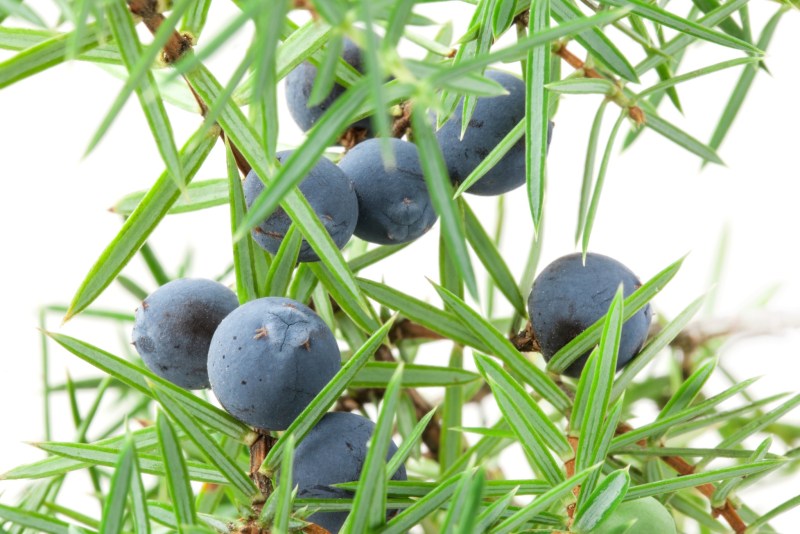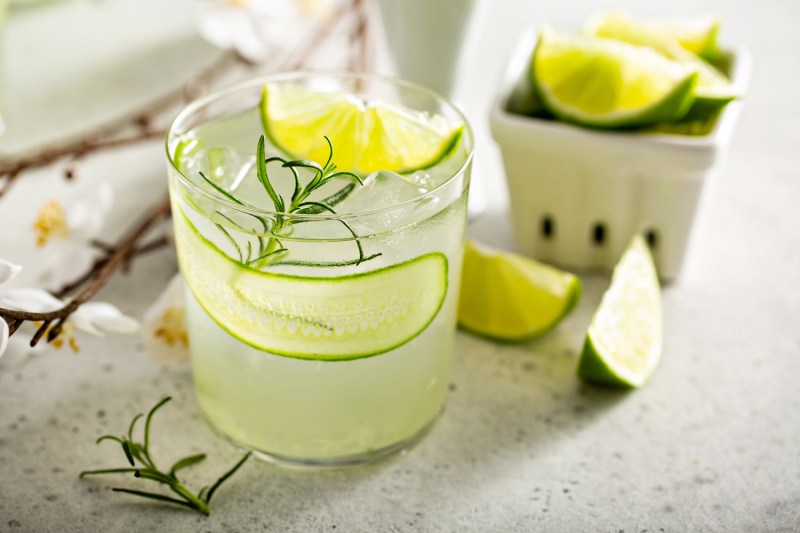
Some revere gin, while others can’t stand the clear and aromatic spirit. Gin is mostly misunderstood, but thanks to some great new producers and a focus on terroir, gin is enjoying a bit of a renaissance these days. But how did it all begin, and what’s there to know about the iconic spirit?
Gin, in its most basic terms, is a liquor of approximately 40% alcohol by volume (80 proof) or greater that is derived from grain distillation and primarily flavored with juniper berries (or juniper extract).
In fact, gin gets its name from the Dutch word for juniper, which is genever. For indeed, it is juniper, that humble conifer, that tree of twisted trunk and gnarled bough, that sets gin apart from all other types of liquor, for indeed, it is juniper that must be the prevailing aroma and flavor for liquor to be classified as gin.
The history of gin

Gin likely traces its origins to liquors produced back in the Middle Ages, with references to a spirit flavored with “genever” referenced in a 13th century Flemish manuscript. By the 1600s, the Dutch were producing gin in earnest, with hundreds of distilleries in the city of Amsterdam alone.
Gin, like so many things (Coca-Cola and heroin come to mind), was originally produced as a medicine. It was distributed by “chemists” for the treatment of ailments such as gout and dyspepsia. Consumed in large enough quantities, it likely did help ameliorate perception of the symptoms associated with these issues and many others, such as “Coward’s Fist,” though only for a few hours at a time. Gin gained in popularity during the Thirty Years’ War, when British soldiers fighting on Dutch land were bolstered with “Dutch Courage” by, you know, drinking gin.
It didn’t take long for this lovely liquor to hop across the English Channel in a big way. In the latter half of the 17th century and in the early years of the 18th century, gin rapidly gained popularity in England, cementing the association it still enjoys with that nation. In fact, by the year 1720, some experts estimate that as many as a quarter of the households in London frequently produced their own gin. The period in the storied city’s history became known as “The Gin Craze,” an era that was so awesome Parliament had to pass no fewer than five major legislative acts over the course of 22 years in a vain attempt to rein in the population’s consumption of gin.
Gin remained popular with the Brits, notable for its use by soldiers and colonials living in lands prone to malaria infections: Gin was excellent at masking the unpleasant, bitter flavor of the antimalarial alkaloid quinine, a necessity for the susceptible foreigners. This medical elixir developed into the fin and tonic we know and love to this day.
What is the first gin cocktail in history?
Pinpointing the absolute first gin cocktail is a bit tricky because the early history of “cocktails” is fuzzy. However, there are two strong contenders for the title of “first gin cocktail.”
- Gin and Angostura bitters: This simple mix, credited to the captain and surgeon of the HMS Hercules in the early 1800s, seems like a likely candidate. It aligns with the medicinal roots of cocktails and gin itself.
- Early gin and citrus mixes: Around the same time, gin was likely being combined with lime juice, especially by sailors, to combat scurvy.
The first documented use of the word “cocktail” in 1806 referenced a mix of gin and ginger, but details beyond that are unclear.
Gin and the modern era

In the modern era, gin has seen a resurgence in popularity as mixology has gone mainstream. From the classic martini to the Gimlet to the Tom Collins, the same cocktails that knocked F. Scott Fitzgerald and his cronies cockeyed are again being shaken and stirred up at taverns everywhere.
Certain types of gin can be enjoyed neat or on the rocks, such as Bombay Sapphire, a variety produced with no fewer than 10 “botanicals,” including juniper and lemongrass. Other gins are perfectly suited for blending in cocktails. Tanqueray comes to mind: it has been distilled according to the same basic recipe for nearly 200 years now. And for the record, that makes it a relative newcomer. Many distilleries have been producing the same type of gin since the early 1700s.
Now more than ever, producers are honing in on local ingredients and making gin with said ingredients. That could mean a California gin made with almonds and mint or a Nova Scotia gin made with red kelp. The movement is showing just how dynamic the spirit can be so much more than just juniper.
Gin is being barrel aged for complexity and mixed in new and creative ways at bars all over the world. One could argue that this is the most exciting time for gin drinkers in a while, as we are being treated to new styles and riffs on classic gin cocktails.
Gin still on the mind? Check out the most expensive gins and the best gin cocktails while you’re at it. If you really want to absorb the flavor and nuance of the spirit, read about the best gins to drink straight.
Editors' Recommendations
- How to make The Last Word cocktail, a gin classic from another era
- This is how to sharpen a serrated knife the right way
- How to brunch like the French with lobster croissant and champagne
- Cognac vs. brandy: What’s the difference?
- What is caviar? A seafood expert breaks down all the details


